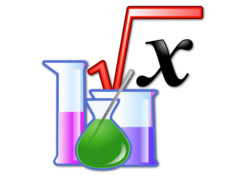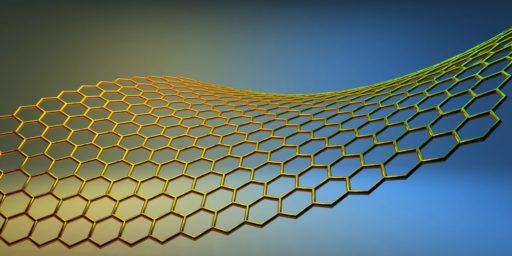Seems, we don’t have to fight another World War over water. With 97% of Earth’s water in oceans and seas, and rising demands for fresh water, analysts have long foreseen a third world war over control of world’s water resources and supplies. The basis of this assumption was the fact that sea (salt) water can’t be desalinated efficiently into fresh drinkable water. However, many countries are already using salt water desalination techniques to get fresh water and providing them to public in subsidized prices. A new study by two MIT scientists has revealed that they can now desalinate salt water more efficiently using graphene (a form of carbon). And, depending on future improvements in graphene fabrication techniques smaller, cheaper and energy-saving desalination units can be realized.
The materials scientists, David Cohen-Tanugi and Jeffrey C. Grossman, of MIT have used single layer nanoporous graphene to desalinate water. The two have shown that the desalination method can desalinate water 2-3 times faster compared to today’s commercial desalination plants (which are using reverse osmosis process). The results are demonstrated using classical molecular dynamics simulations.
The findings are published in Nano Letters.




Its good to know Scientists finding various use of “graphene”.
Its good to know Scientists finding various use of “graphene”.